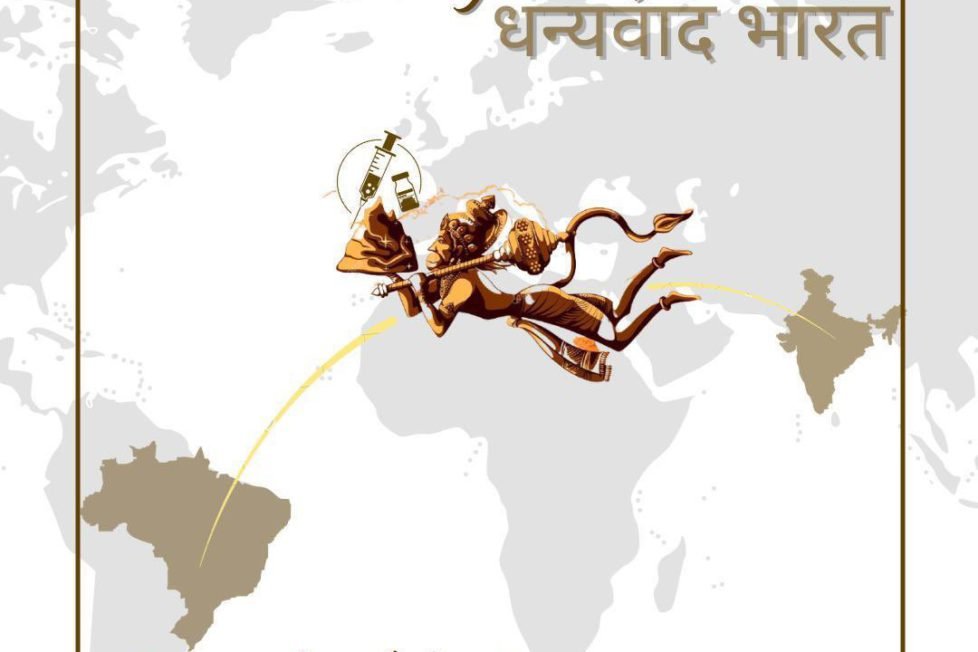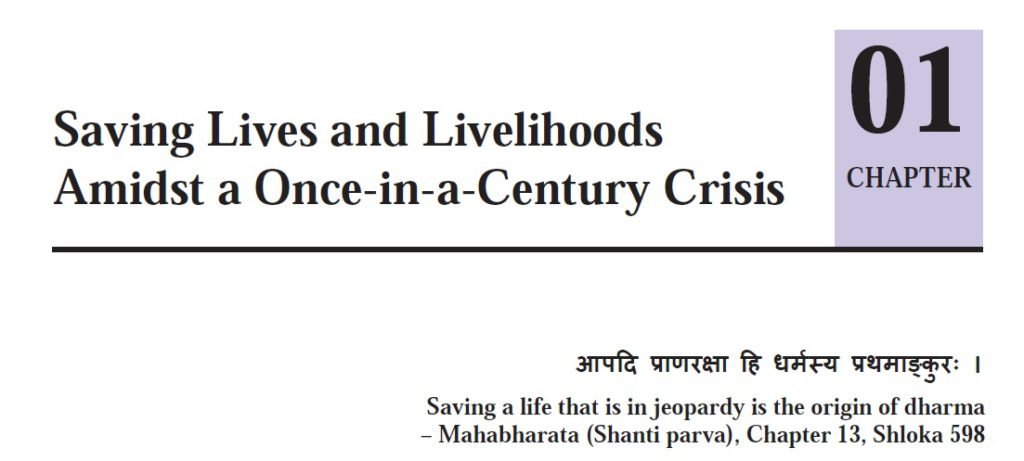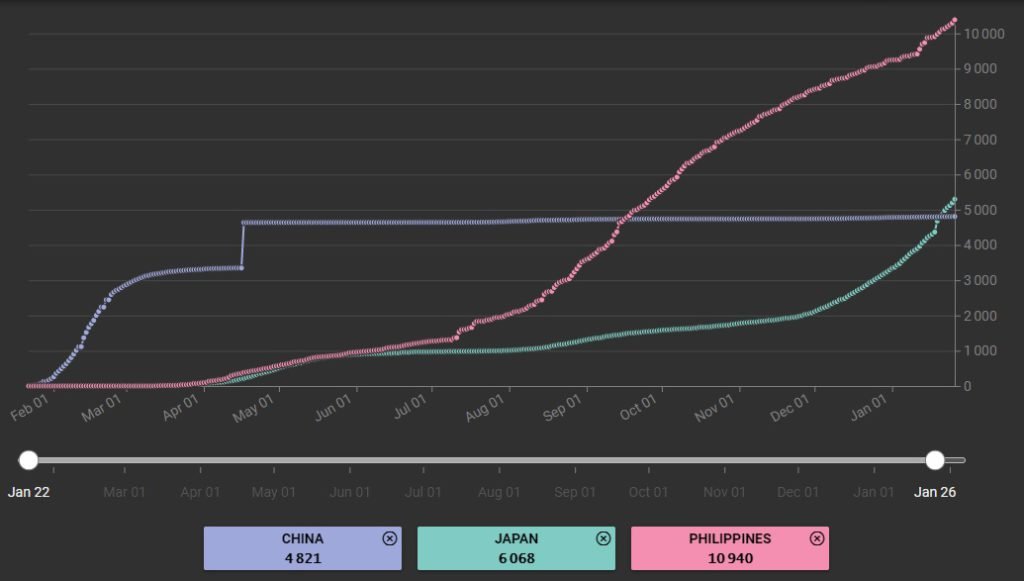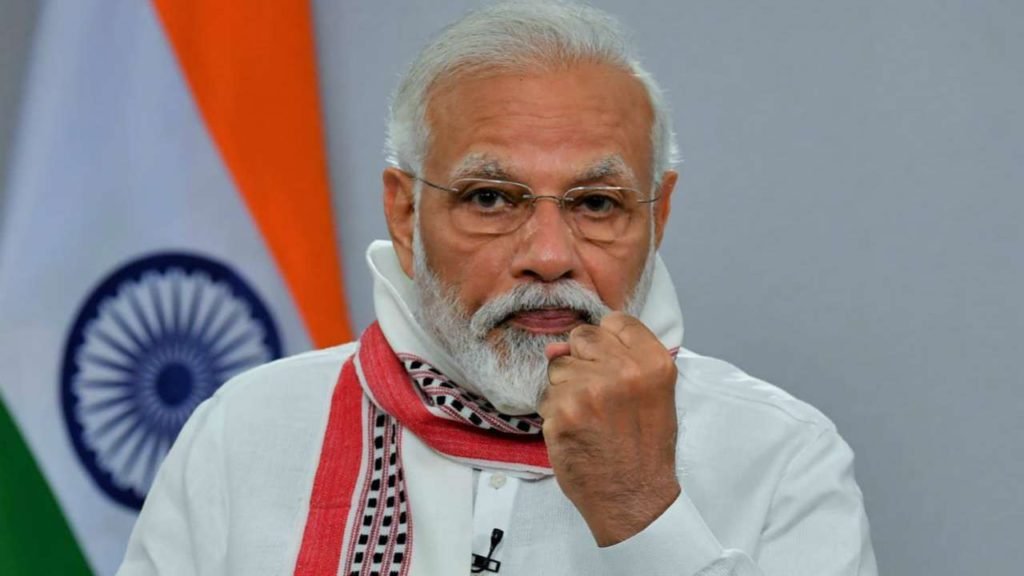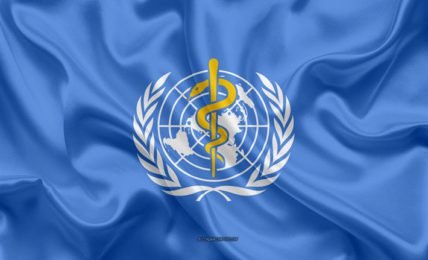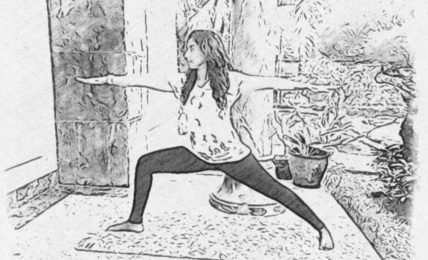How India saved lakhs of lives & will save millions more from the Covid pandemic
Looking back, Prime Minister Modi's junta curfew and his announcement of the world's strictest lockdown at an early stage when India had just 500 cases proved to be extremely critical. It first helped in reducing the initial spread. This gave ample time to ramp up testing infrastructure, manufacturing of PPE kits, masks, ventilators and other health equipment. But most importantly, it helped in driving the message to the Indians the importance of social distancing, hygiene and the real threat of the virus. And there was no better man to drive this message than Prime Minister himself.
